Οι ΗΠΑ σχεδίαζαν πυρηνικό πόλεμο το 1959 που περιελάμβανε «συστηματική καταστροφή» των μεγάλων αστικών κέντρων, όπως του Ανατολικού Βερολίνου, της Μόσχας και του Πεκίνο, με τους πληθυσμούς των πόλεων αυτών μεταξύ των πρωταρχικών στρατιωτικών στόχων.
Αυτό αποκαλύπτει τουλάχιστον ένας λεπτομερής κατάλογος -της εποχής του Ψυχρού Πολέμου- πυρηνικών στόχων, που φτιάχτηκε από την αμερικανική SAC (Στρατηγική Εναέρια Διοίκηση) στα τέλη της δεκαετίας του 1950 και περιελάμβανε μια χωριστή κατηγορία στόχευσης «πληθυσμού», όπως αποκάλυψαν τα Εθνικά Αρχεία και Στοιχεία Διοίκησης των ΗΠΑ (NARA).
Αυτή θεωρείται η πιο ολοκληρωμένη λίστα πυρηνικών στόχων που αποχαρακτηρίστηκε μέχρι σήμερα και αποκαλύφθηκε πριν λίγες ημέρες. Η μελέτη των Απαιτήσεων Ατομικών Όπλων της SAC για το 1959, προσφέρει μια ανησυχητική εικόνα των αμερικανικών στρατιωτικών σχεδίων, για να προκαλέσουν «συστηματική καταστροφή» σε εχθρικές πόλεις και να στοχεύσουν τους «πληθυσμούς τους», σε περίπτωση πολέμου με τη Σοβιετική Ένωση.
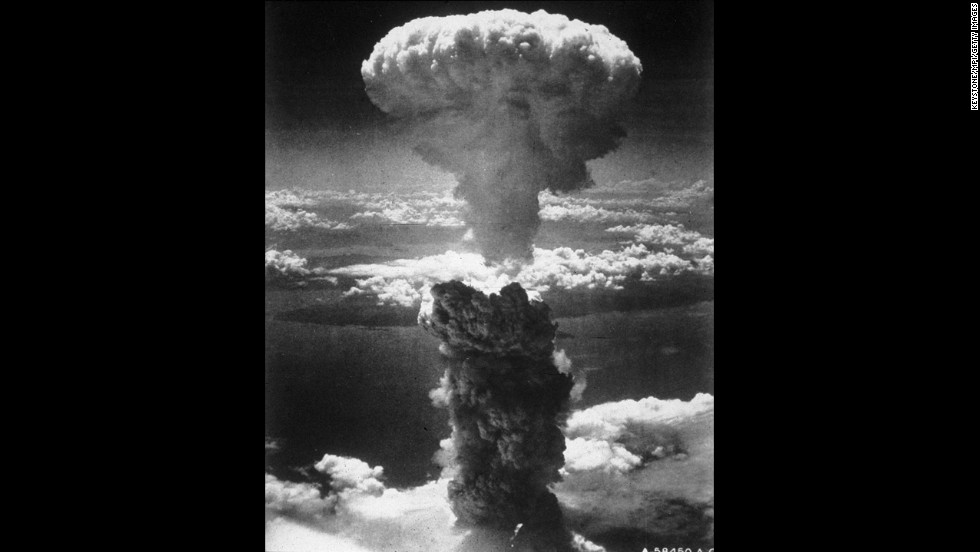
Με στόχους να ορίζονται σε πάνω από 1.200 πόλεις, ο κατάλογος στόχων για κάθε πόλη περιέχει την Κατηγορία στόχου Νο 275, «πληθυσμός», παράλληλα με κατηγορίες στόχων στη βιομηχανία και τις υποδομές.
Μια άλλη λίστα, που περιέχει πάνω από 1.100 αεροδρόμια σε όλο το Σοβιετικό μπλοκ, στόχευε ειδικά στη σοβιετική δύναμη βομβαρδιστικών αεροπλάνων, σύμφωνα με τη NARA. Φτιαγμένη σε μια εποχή πριν από την έλευση των διηπειρωτικών βαλλιστικών πυραύλων (ICBM), η μελέτη έδινε προτεραιότητα στη στόχευση βομβαρδιστικών, τους μόνους φορείς πυρηνικών όπλων.

Σύμφωνα με τη μελέτη του SAC, τα Σοβιετικά αεροδρόμια έπρεπε να στοχευθούν με βόμβες που κυμαίνονται από 1,7 έως 9 μεγατόνους, οι οποίες ήταν δυνατό να προκαλέσουν σημαντικές ζημιές. Το SAC επίσης πίστευε στην αναγκαιότητα μιας βόμβας 60 μεγατόνων (4.000 φορές μεγαλύτερη από ό,τι η βόμβα της Χιροσίμα 15 κιλοτόνων), για την παραγωγή «σημαντικών αποτελεσμάτων» σε περίπτωση πολέμου με το σοβιετικό μπλοκ.

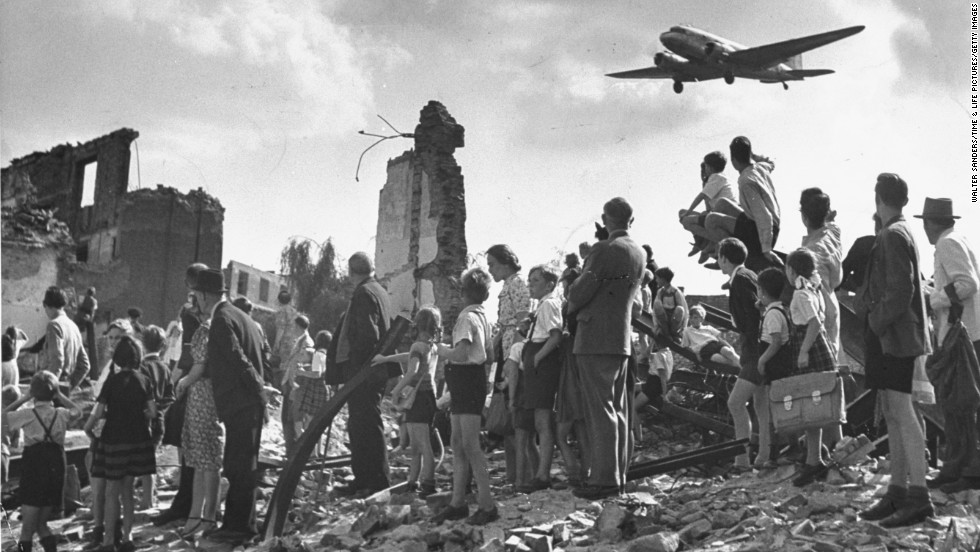
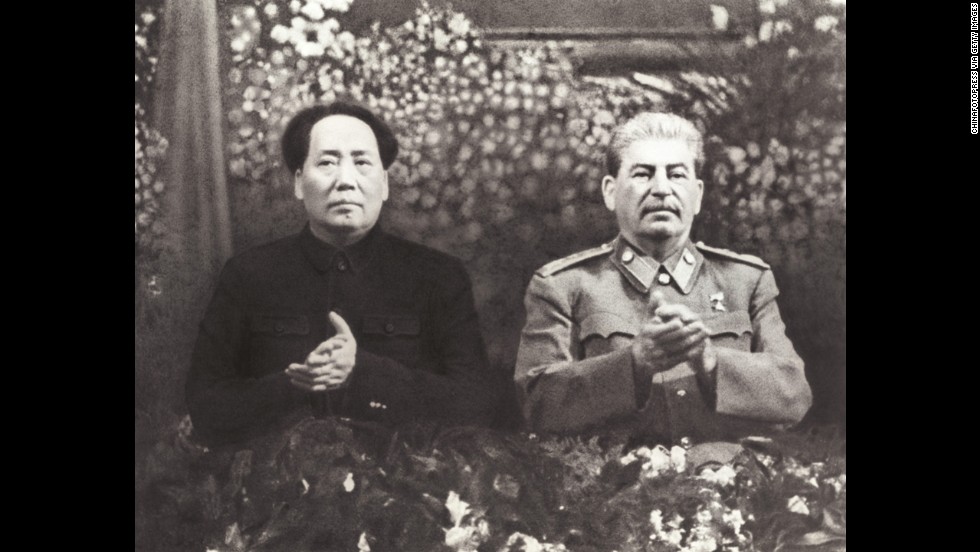
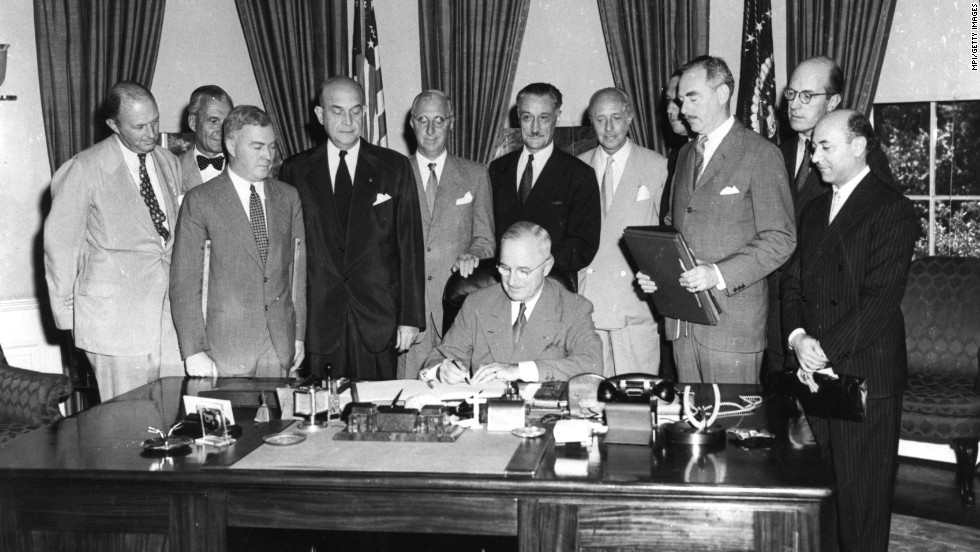

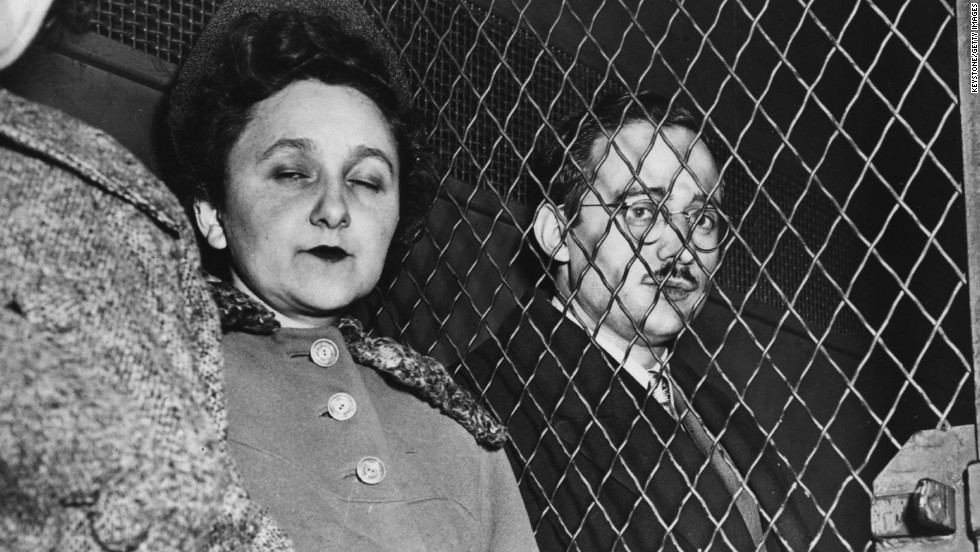


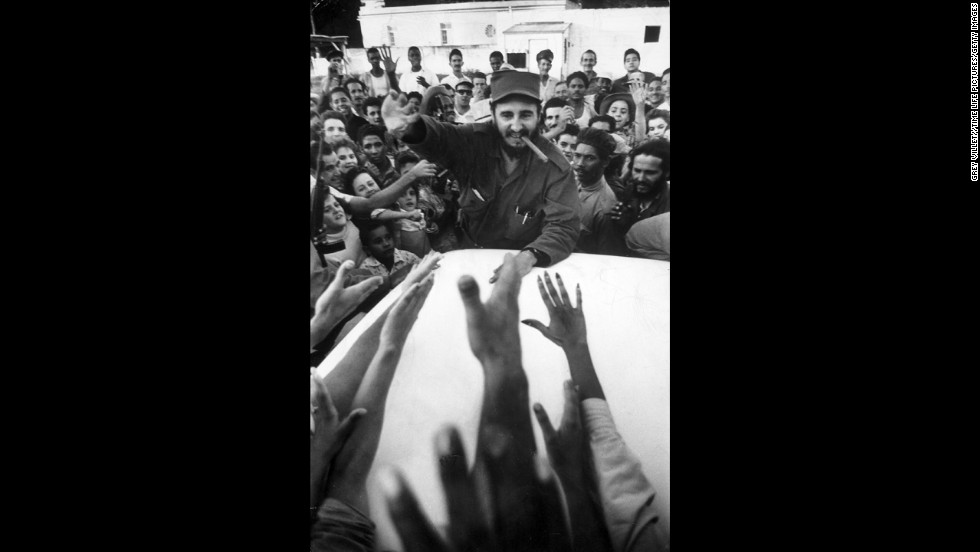
http://www.newmoney.gr/diethni/264869-apokalifthike-i-lista-ton-pirinikon-stoxon-tou-psixrou-polemou-ton-ipa








Σημείωση: Τα σχόλια που εμφανίζονται κάτω από τα άρθρα αποτελούν προσωπικές απόψεις των χρηστών που τα δημοσίευσαν και δεν εκφράζουν απαραίτητα τις θέσεις ή απόψεις του Lamianow.gr.
Σε ορισμένες περιπτώσεις, σχόλια που έχουν διατυπωθεί δημόσια σε κοινωνικά δίκτυα ενδέχεται να εμφανίζονται κάτω από τα άρθρα, όταν έχουν δημοσιευθεί κάτω από σχετικές αναρτήσεις του ίδιου άρθρου. Το Lamianow.gr δεν φέρει ευθύνη για το περιεχόμενο αυτών των σχολίων.
Αν κάποιο σχόλιο θεωρείτε ότι παραβιάζει δικαιώματα, είναι προσβλητικό ή έχει αποσυρθεί από την αρχική του πηγή, μπορείτε να επικοινωνήσετε μαζί μας στο lamianow.gr@gmail.com για την άμεση αφαίρεσή του.